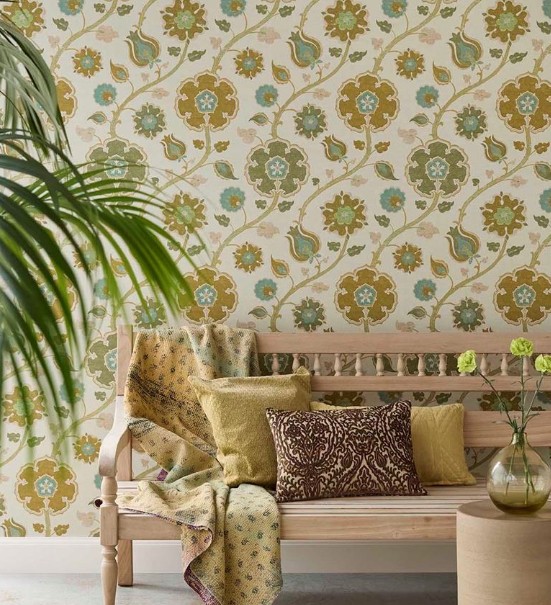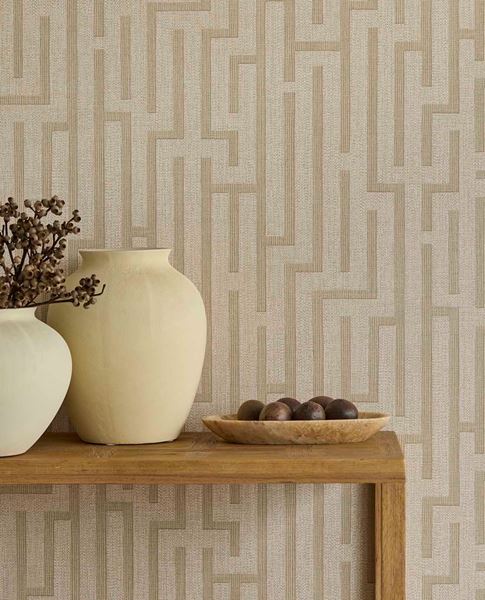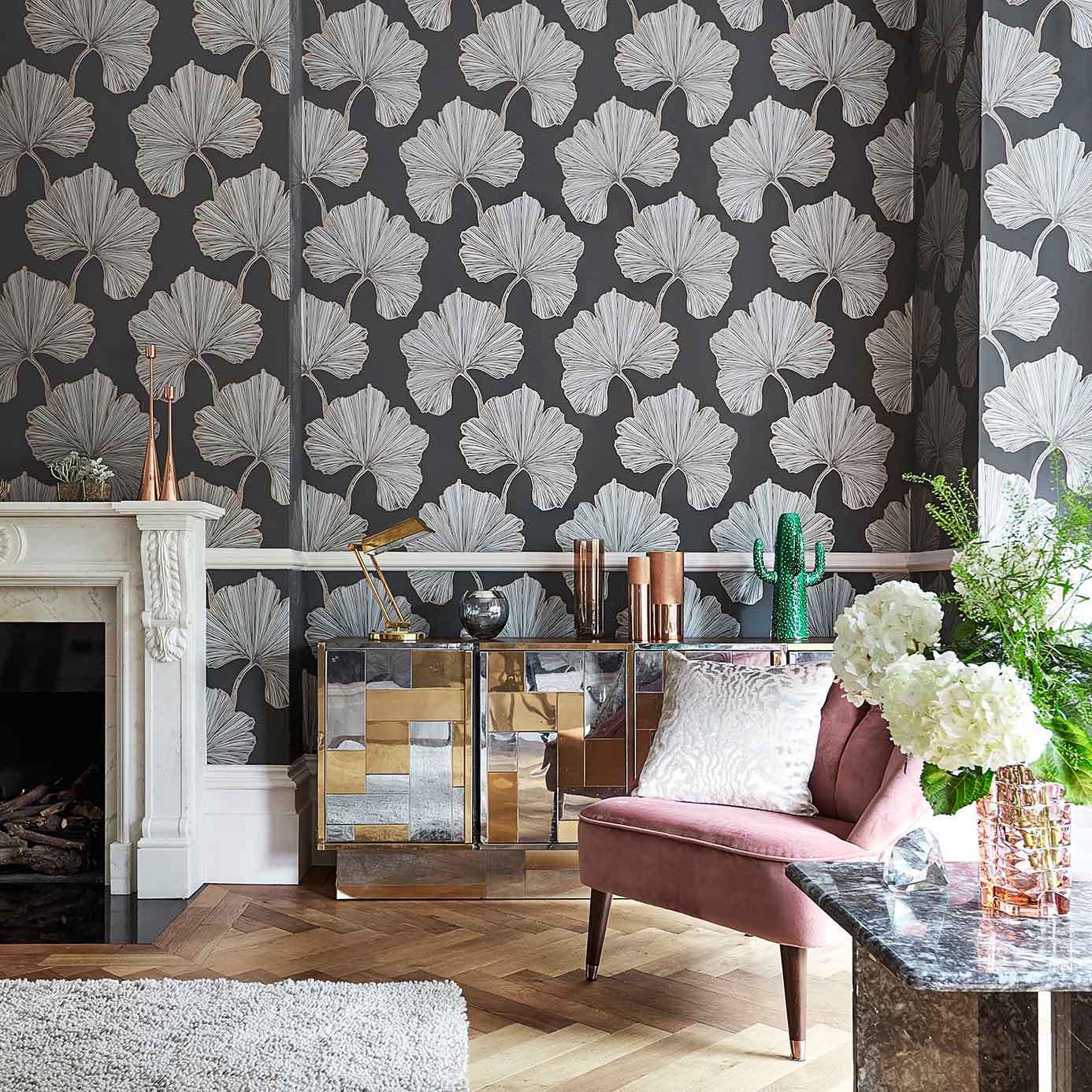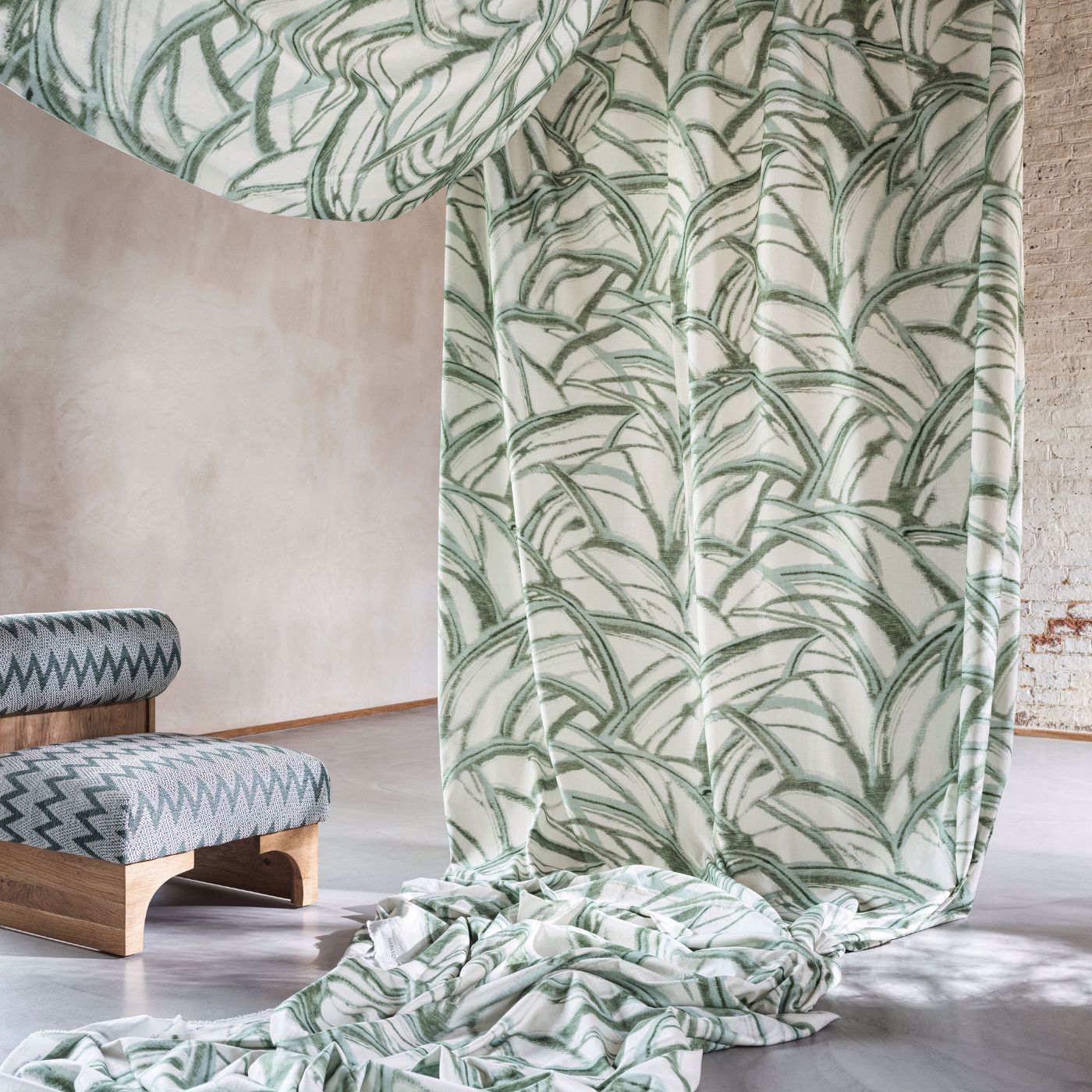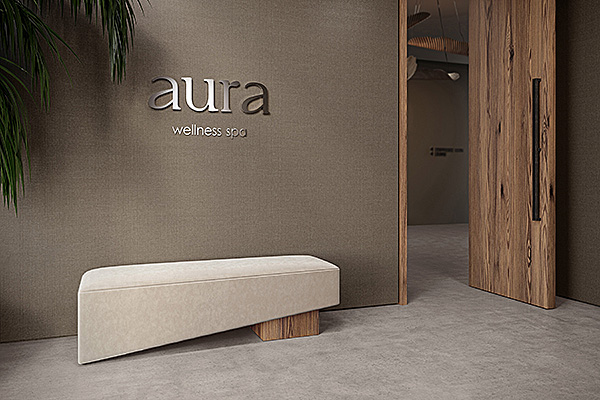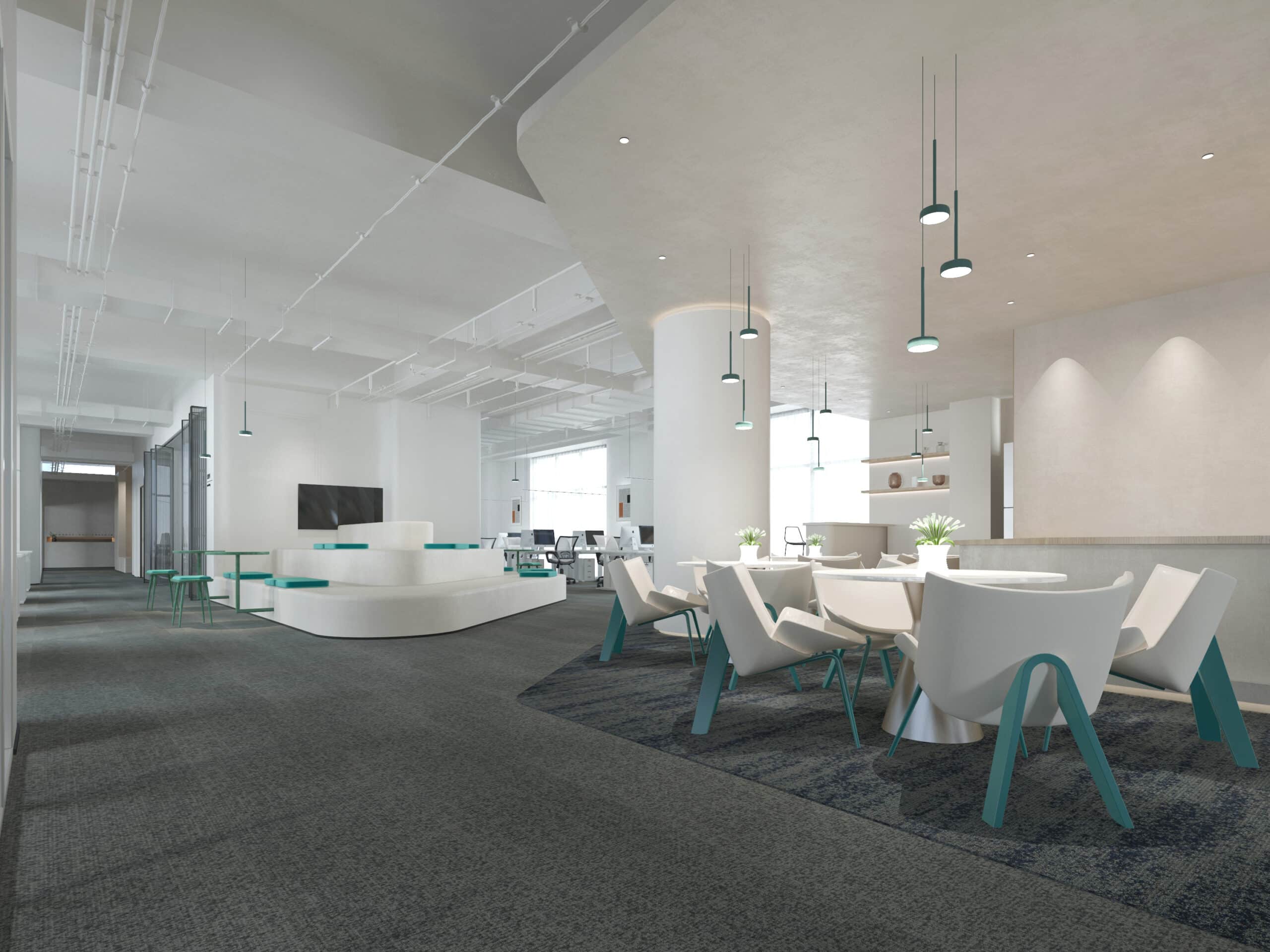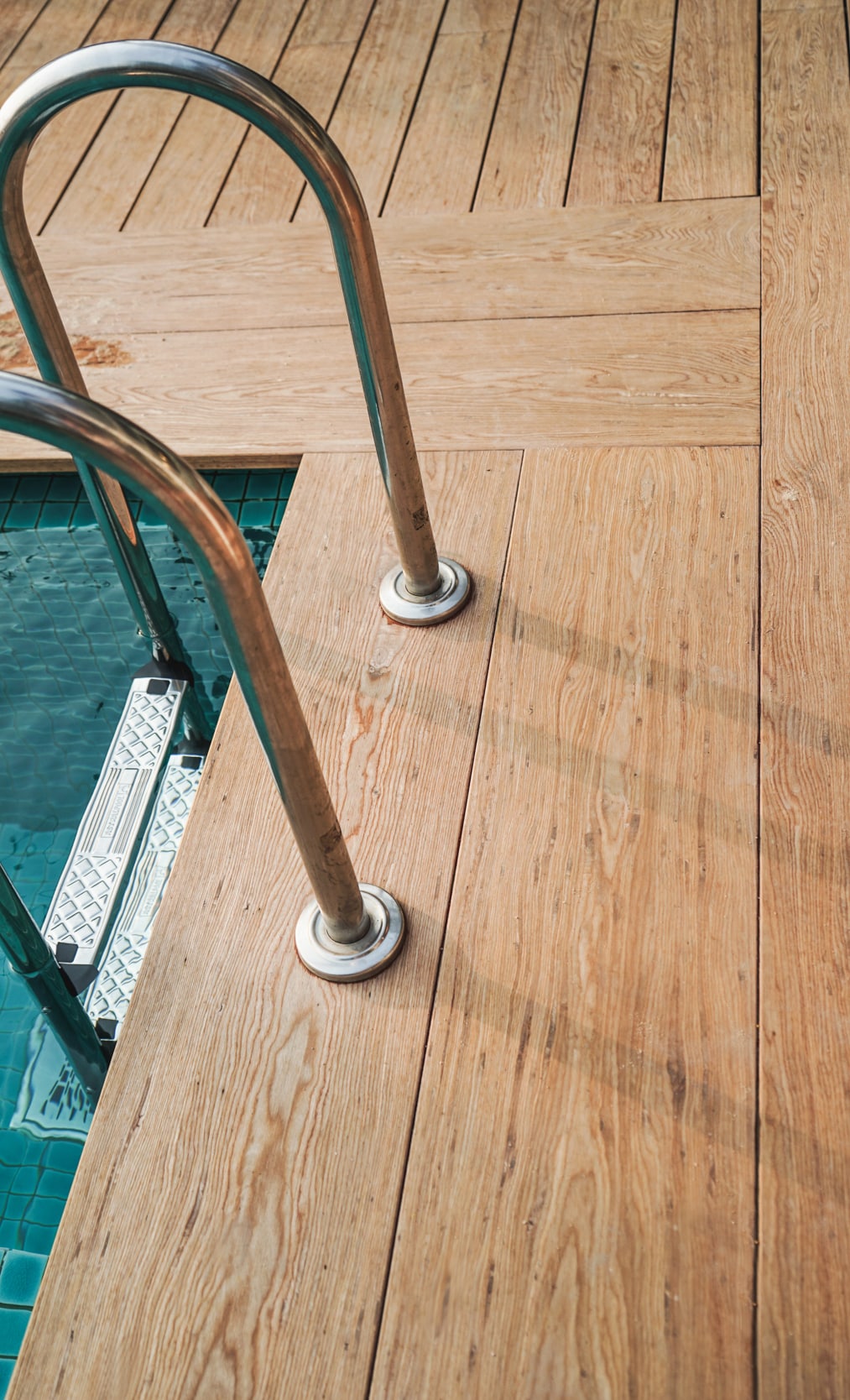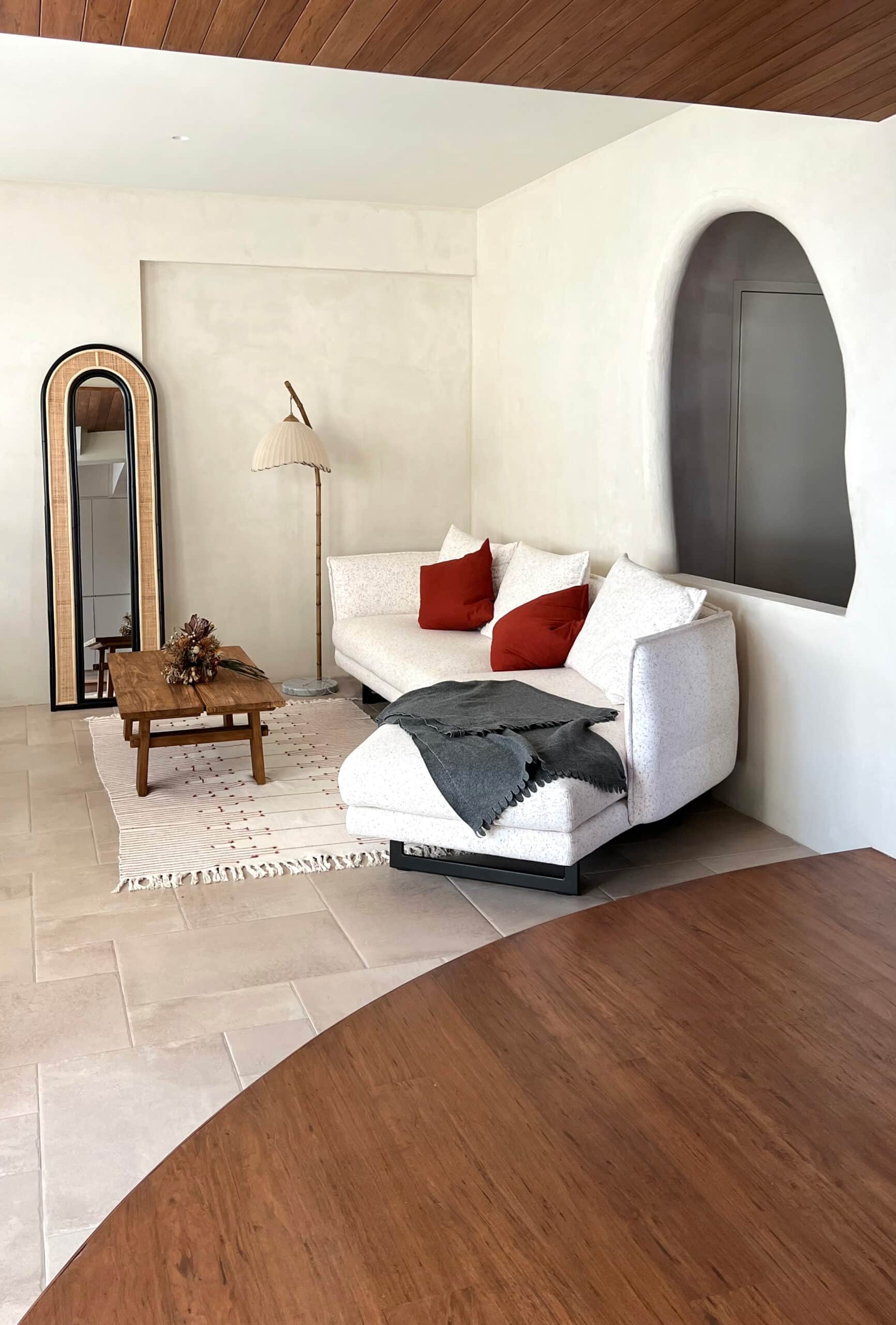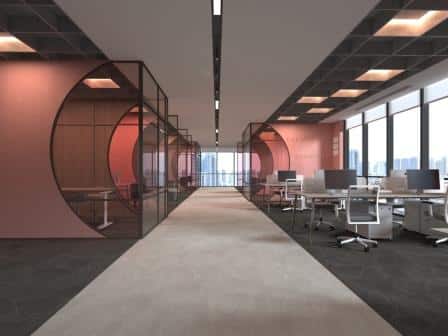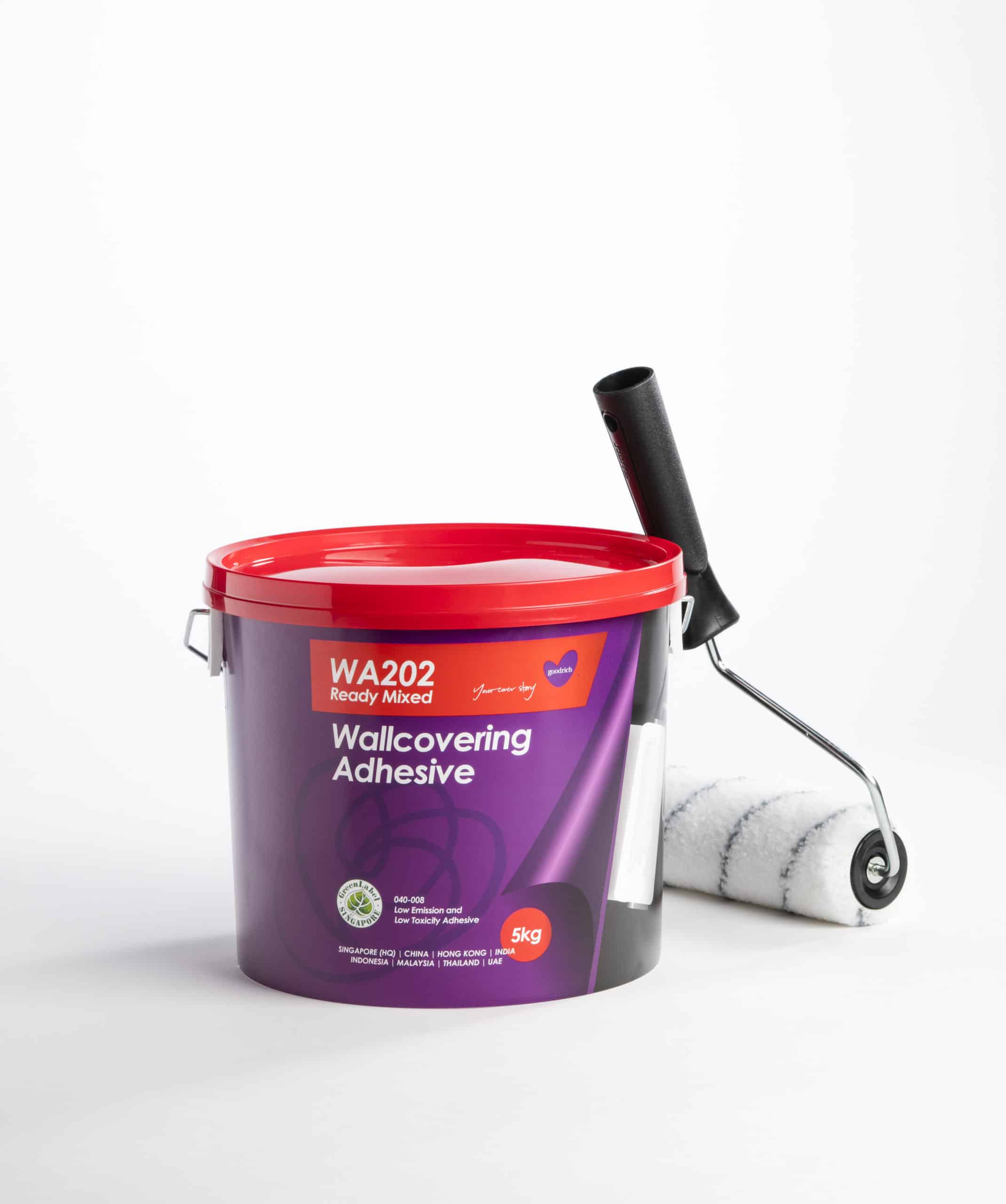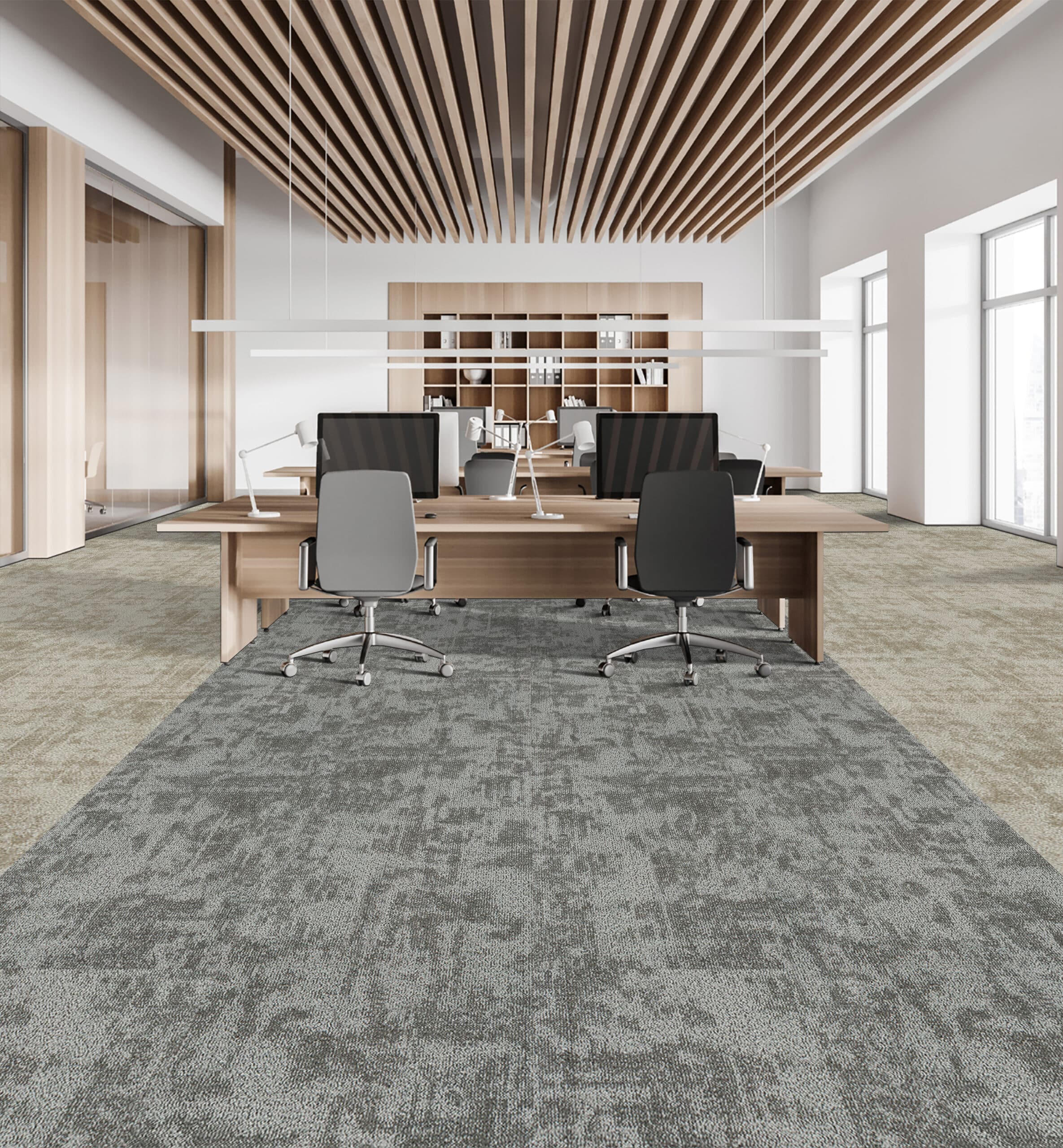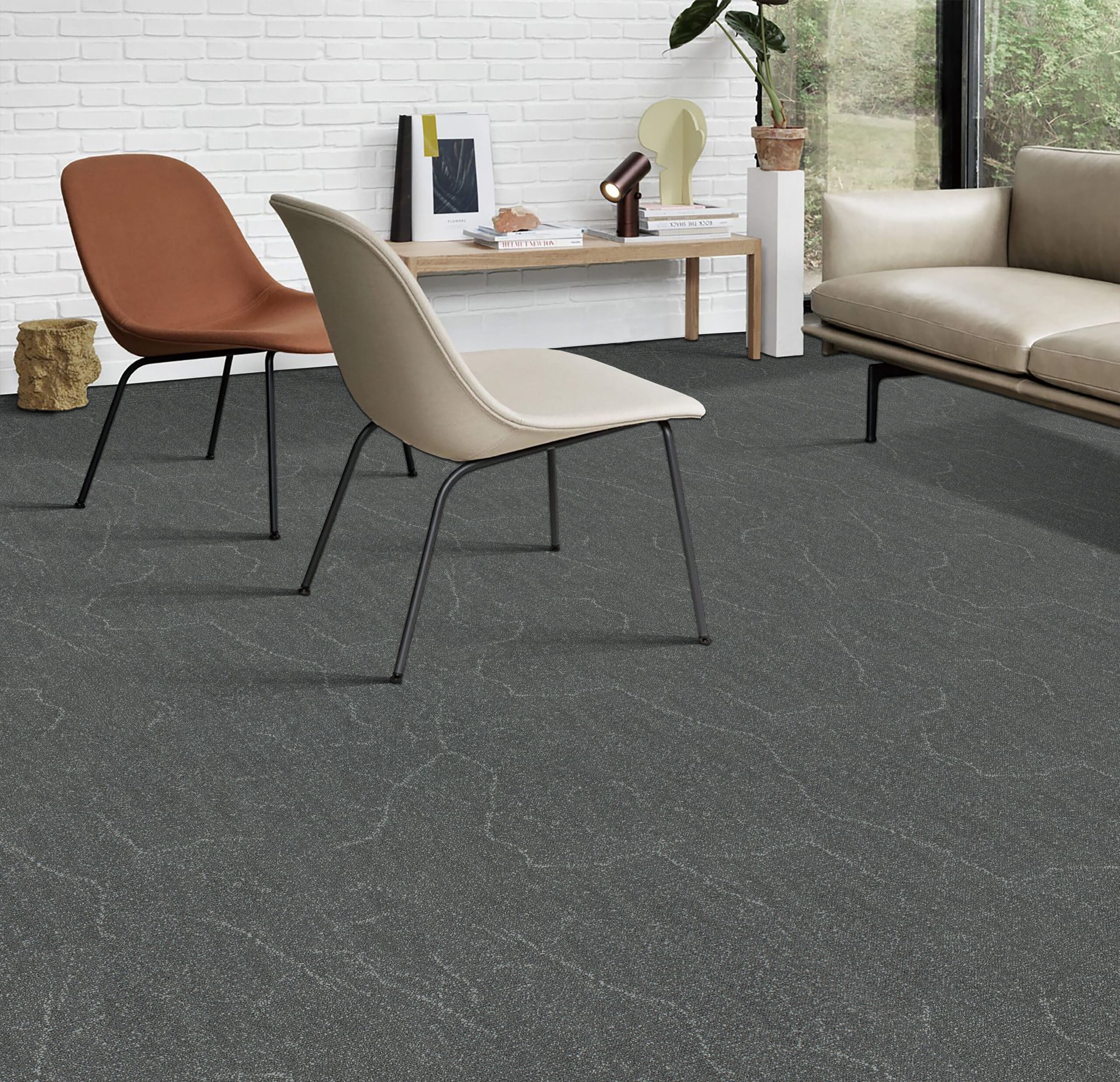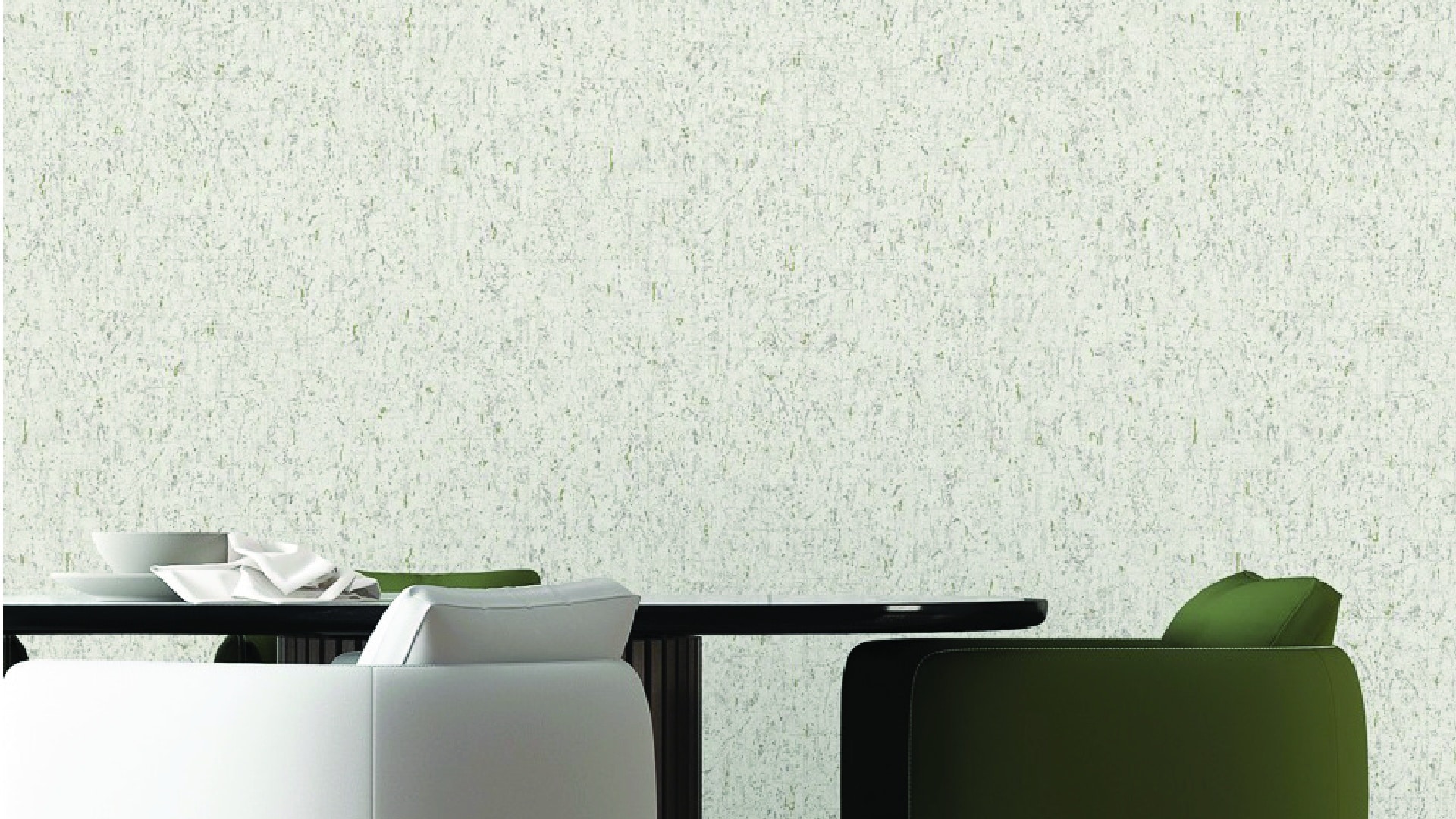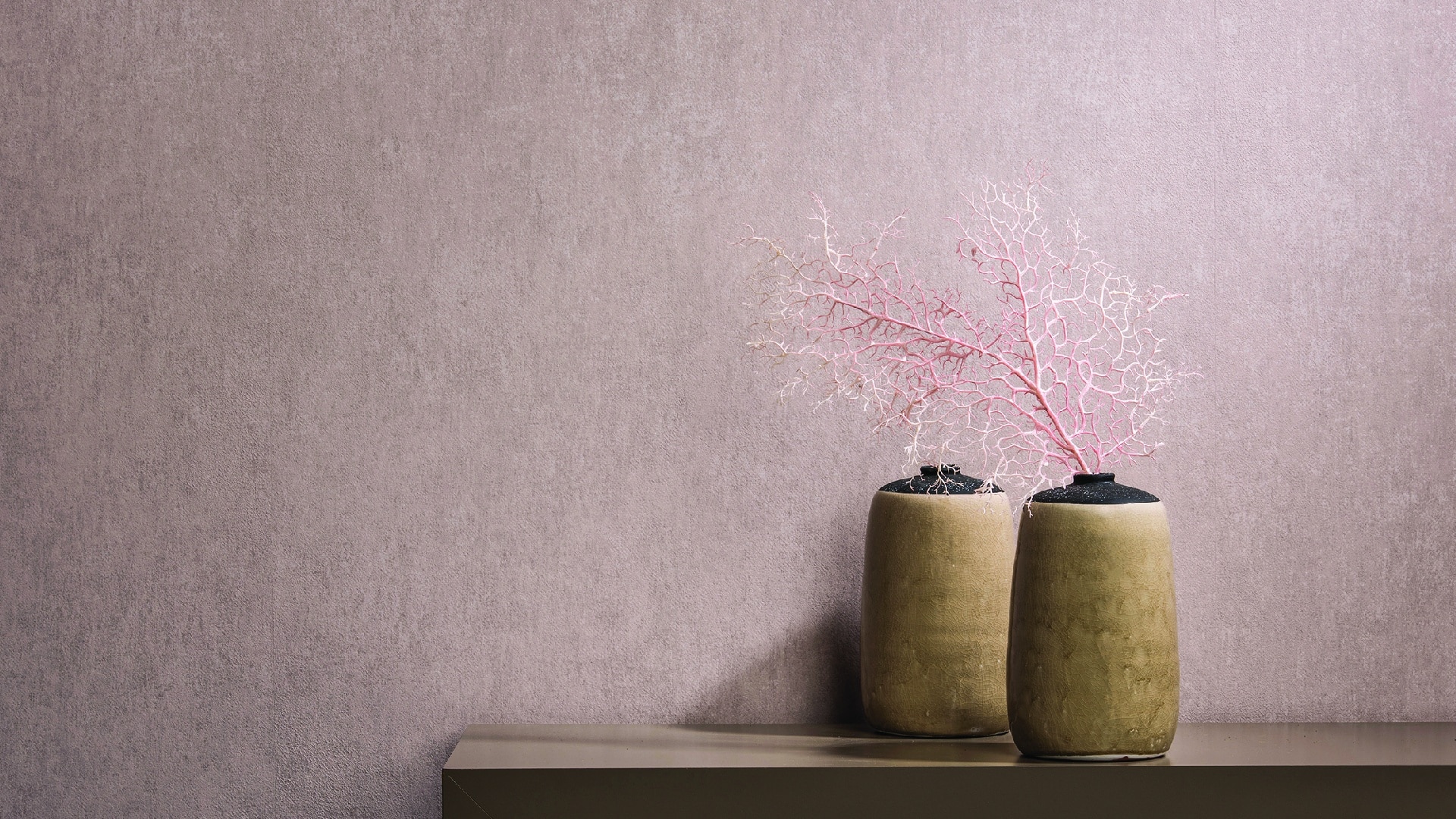Articles
Healthcare design | the latest trends in hospital design
Redefining healthcare interior design and furnishing in a post-pandemic world
Healthcare interior design projects pose unique challenges for design teams. In a new, expanded or renovated healthcare facility, the interior furnishing specified contributes to the core mission of the facility: Delivery of care to patients.
The sustainable patient’s room is playing an increasingly important role for the healthcare sector. The Green and sanitised healthcare setting is a future concept that strives for the optimal combination of smart, anti-microbial products, eco-friendly industrial production, sustainable materials and enduring design while simultaneously conveying a sense of being in touch with nature.
These re-evaluations have opened doors for more flexible design options that include adaptive reuse that allows hospitals to adjust quickly to different health situations.
Modern healthcare design trends are created on the premise of evidence-based design, or the use of credible research to influence built environments so that patient outcomes improve. The research becomes increasingly convincing all the time. It isn’t just medicine that makes you feel better.
Goodrich acknowledges every aspect of each healthcare facility, from arrival to discharge, is geared for future-proofing, reviewed and reconsidered when designing new or renovated spaces in a healthcare setting.
Building better healthcare is a comprehensive process. Goodrich stays committed to making the design process easier. Want to talk about an interior design challenge at your site? Contact us now.
Here are the essentials that design teams must consider in planning interiors in a healthcare facility:
Smarter design means smarter care
In healthcare interior design, facility owners know first-hand that the industry is changing. Both patient preferences and government policy are in flux. It’s critical that owners understand the impact interior design can have on patient outcomes and visitor perceptions. To get it right is to gain a competitive edge.
Code compliance
For healthcare facilities and in the best hospital design, code compliance is not negotiable. The protection of patients, visitors and facility employees is paramount, so interior design initiatives must first address code compliance.
Goodrich offers anti-microbial solutions that can withstand a high frequency of cleaning and harsh cleaning agents to ensure a safe environment for patients and facility staff.
Design unity for successful branding
Design unity refers to a facility that maintains a consistent look and feel among its separate departments of sectors. In a time when most healthcare construction projects are expansions or renovations, maintaining continuity across “old” and “new” portions of healthcare facilities is critical.
Achieving design cohesion can be difficult in healthcare facilities because they feature so many different spaces, from patient rooms and laboratories to lobbies, offices and maintenance areas. But it’s important to remember the overall image of a project. More than just walls and a roof, a healthcare facility represents a corporate brand. Therefore, all interior design decisions must reflect a cohesive vision.
Cleanability with antimicrobial solutions
Cleanability is arguably the most important defense against spreading diseases in healthcare facilities such as a hospital interior design concept.
Furnishings and finishes in patient rooms are at especially high risk of harboring pathogens. Selecting the correct furnishing in a healthcare setting will go a long way toward reducing surface contamination that can lead to healthcare-associated infections (HAI).
It’s important that design teams select surfaces that are easily wiped down by facility staff. Advances in fabric and wallcovering coatings have allowed designers to select antimicrobial furnishings that fight the spread of disease.
Increasing digital capacity with rooms for virtual consults
Telemedicine is having a moment, and we will likely continue seeing our doctors virtually. Telemedicine has already been a helpful tool in connecting patients living in rural areas or with limited capacity for travel with healthcare providers, and now it is allowing providers to perform routine check-ups with patients without putting anyone at risk.
As telemedicine technology advances along with this increased demand, the physical design of healthcare spaces will need to evolve to accommodate a digitized world and help create space efficiency and limit non-emergency patient surges. Additionally, contact-free digital technology like digital kiosks that do not require administration will become a standard, decreasing the need for face-to-face exposure.
Adaptable spaces mean flexible solutions
Adaptability is increasingly important in healthcare design. The global COVID-19 pandemic has made clear that certain healthcare environments may not be fully equipped to face unique and urgent challenges, knowing that the state of safety and healthcare needs in our society can change within a matter of days.
New healthcare facilities and hospitals, must incorporate designs that are easily adjustable. Flexible, multipurpose spaces and elements like rooms for virtual consults, mobile workstations and prefabricated walls will become the norm for creating adaptable solutions for space capacity and treatment types.

